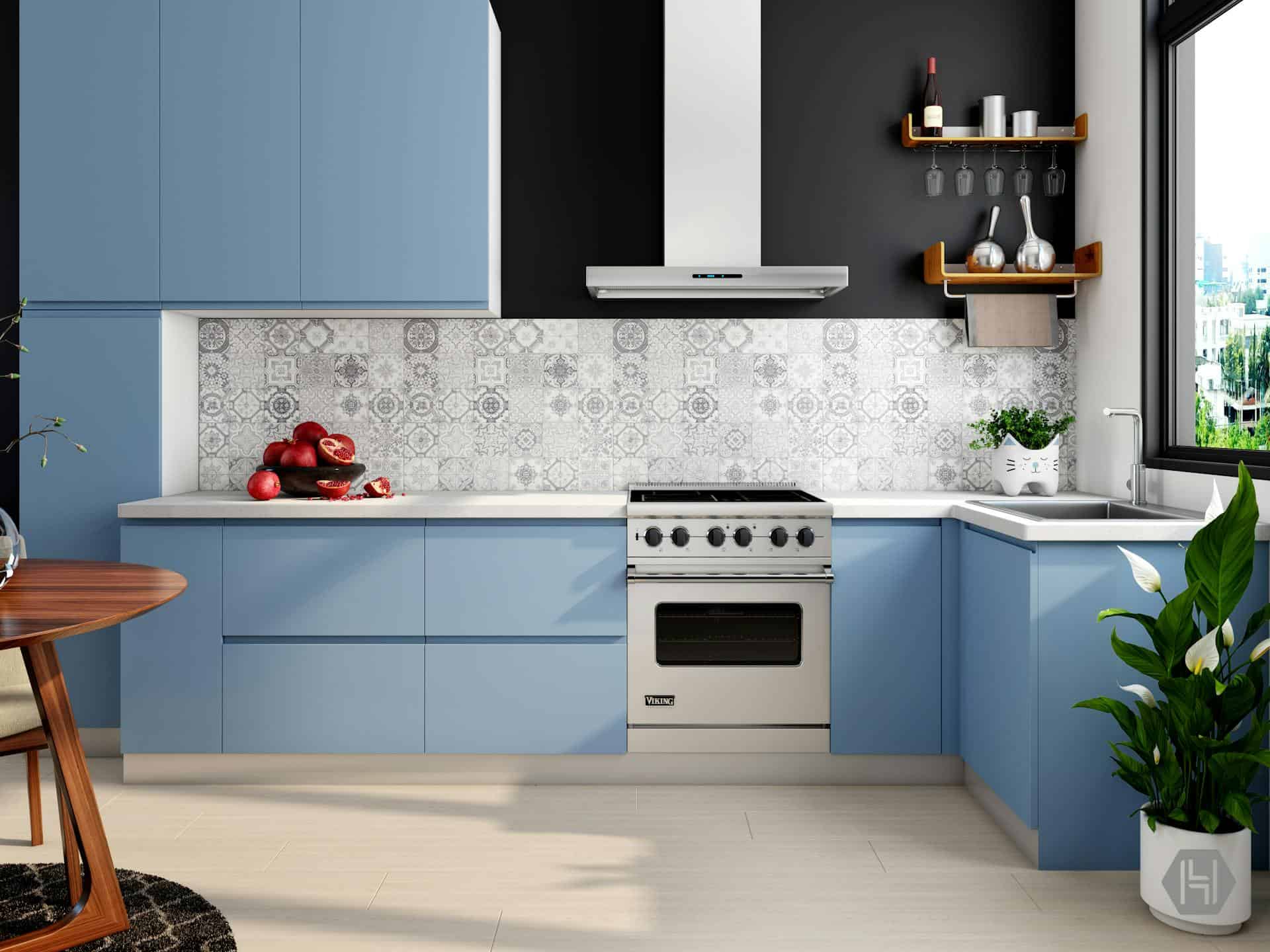
Question: What Ventilation is Required in a Kitchen?
Answer: Kitchens require ventilation to remove cooking odors, grease, smoke, and excess moisture. A range hood vented to the outside is generally recommended.
Kitchen Ventilation: A Necessary Element
Kitchen ventilation is crucial for maintaining a healthy and comfortable cooking environment. Proper ventilation helps remove cooking odors, smoke, grease, and excess moisture, ensuring a safe and pleasant space for food preparation. This article explores the importance of kitchen ventilation, the different types available, and how to choose the right system for your needs.
Kitchen ventilation is essential for maintaining a healthy indoor environment. Cooking releases pollutants, including carbon monoxide, nitrogen dioxide, and particulate matter. These pollutants can cause respiratory issues and other health problems. Proper ventilation helps remove these contaminants, ensuring a safe and comfortable cooking space.
Understanding Your Ventilation Needs
Different cooking styles and kitchen sizes require different ventilation solutions. A small kitchen with minimal cooking might need only natural ventilation from open windows. Frequent cooking or using high-heat methods like frying or grilling requires a mechanical ventilation system. Consider your cooking habits, kitchen size, and available budget to determine the best solution. Evaluating your kitchen’s layout helps choose the most effective system placement for optimal airflow.
Local building codes often dictate minimum ventilation requirements. Research your area’s specific regulations. These codes ensure safe and effective ventilation, protecting your home from potential hazards. A qualified contractor can help you understand and meet these standards.
Click here to read more about Blue Kitchen Refacing
Related Article: What Ventilation is Used in the Kitchen?
Related Article: What is the Best Way To Ventilate a Kitchen?
Range Hood Ventilation: A Deeper Look
Range hoods provide focused ventilation, making them popular for serious cooks. Different types of range hoods cater to various kitchen styles and needs.
Under-Cabinet Hoods:
These hoods mount under kitchen cabinets, maximizing space. They offer a cost-effective and practical ventilation solution.Wall-Mount Hoods:
Wall-mount hoods install directly on the wall above the cooktop, offering a stylish and efficient option for capturing cooking fumes.Island Hoods:
Island hoods hang from the ceiling above island cooktops, providing powerful ventilation in open kitchen designs.
Choosing the right CFM rating is essential for effective range hood performance. Calculate the required CFM by multiplying your cooktop’s BTU (British Thermal Units) output by 100. For example, a 60,000 BTU cooktop needs a range hood with a minimum CFM of 600. This calculation ensures sufficient airflow to remove cooking byproducts.
Maintaining Your Ventilation System
Regular maintenance ensures your kitchen ventilation system performs optimally. Cleaning range hood filters removes grease buildup, improving airflow and reducing fire hazards. Replace disposable filters according to manufacturer instructions. Wash metal filters monthly with warm soapy water. Check exhaust fans for dust and debris, cleaning them periodically to maintain efficient operation. Regular maintenance extends your ventilation system’s lifespan and keeps your kitchen air fresh and clean.
Regular inspections identify potential problems early. Check for loose parts, damaged filters, or unusual noises. Addressing these issues promptly prevents costly repairs and ensures effective ventilation. Consult a qualified technician for any necessary repairs or maintenance beyond your expertise.
Making Informed Decisions for a Fresher Kitchen
Choosing the right kitchen ventilation system involves careful consideration of your cooking habits, kitchen size, and budget. Understanding the different available options helps you make informed decisions, creating a healthier and more comfortable cooking environment. Proper ventilation improves indoor air quality, protects your home, and enhances your overall cooking experience. Consult with professionals or contractors for advice specific to your kitchen and local building codes. Invest in a quality ventilation system to enjoy a fresh, clean, and safe kitchen for years to come.
Conclusion
A well-ventilated kitchen contributes significantly to a comfortable and healthy home environment. This guide offers a starting point. Your specific needs may vary. Consulting a professional can ensure you select the perfect system for your culinary adventures. Whether you opt for a range hood, exhaust fan, or natural ventilation, investing in proper kitchen ventilation is a decision that pays off in comfort and health.

Blue Malue Get in touch with Blue here.
